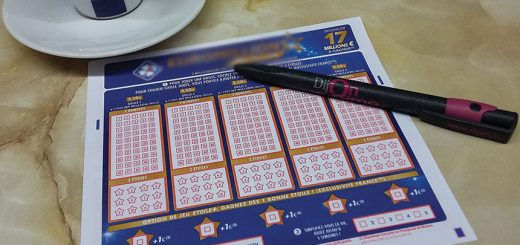A Guide to Picking Winning Horses
They say in the great California Goldrush of 1848 through 1855 that the only guaranteed way to strike gold was to sell mining supplies. Similarly, perhaps the only way to guarantee you will pick winners in horse racing is to sell tout sheets. There are literally thousands of opinions about how to pick a winning horse in a horse race, and part of the reason that horse racing is so popular is that “on paper,” many horses look unbeatable but there are many aspects at play. For example, Cornell University Math department in an interesting article called “Numbers 306 Longshot” wrote about a gambler who specifically picked 30 horse racers in a row. His secret? The gambler assumed that many horse races are fixed and that the odds, which are set by the actual betters, favor the #1 horse, and many bettors in the track ignore the second-best horse. Only our better here noticed the trend that the second-best horse consistently won. Apparently having the second-best horse win didn’t arise suspicion when the favorite was beaten. So we have to begin with a caveat. Is horse racing fixed? Sometimes, but it’s very rare nowadays.
So if we assume horse racing is legit, the first thing we want to look at is the racing form
This, together with tout sheets bought from paid professionals have a world of information. For example, one of the factors is the stall or gate position. On a short race, the outside stall is it the favored position. The horse can sprint to the outside without interference. On a longer race, however, an inside stall position is best.
Next, in the form of the horse, how he has finished in previous races
Mind you, this is only a hint of the horse’s performance. You need to dig deeper. But one the surface at least, if a horse does well in the last couple of races, chances your horse may come into the money again. So go ahead and look for the patterns. However, how well a horse may do depends greatly on the track. Some horses love dirt while others do better on the grass. Some horses do fantastic on a dry track but act like they have cement galoshes on when running on a muddy track. Also, pay attention to the distance. Some horses are great at sprints but gas out on longer distances.
Another thing to look at is days since the last race
Horses are athletes of a kind. Run that horse too often, and they are simply dog tired to run the race. Meanwhile, if the horse hasn’t run for a while, it may be a little rusty once the horse is back on the track. In general, 30 to 60 days is about the right amount of rest for a horse. Less than 30, or more than 60 and you need to proceed with caution.
Previous wins and distance as well as course wins
Let’s say a race is being run at a mile and a quarter. If the horse has won at this distance, on the racing forum will be the letter D. Lets say the horse has won at the particular racing track you are on. Then the racing forum will be marked with the letter C. If the horse has won at both the course and the very same distance, then the racing forum would reflect the letters CD.

Jockey and trainer data
Some put great stock in this information, some use it as a tie-breaker when deciding on a horse, but some jockeys or trainers are really hot at certain distances.
The official ranking
The official ranking is how the professionals rank a horse. The higher the number, the higher value of the horse. In order to enforce handicap rules, horses with a higher official ranking are weighted down, and how much-added weight the horse will carry can be a huge factor in the race results. Generally, professional bettors consider that for every 1 lb of additional weight a horse may carry is the equivalent loss of 1/5 of a second in time, which translates to 1 horse length in a mile race. Consequently knowing how the horse reacts to the added weight is important. Did the horse have the same added weight on his last race? How did he do? It’s important to know.
Look at your horse before betting
Another key is to look at your horse before betting. Does your horse look spirited and ready to race? Or does he look sick and tired? Is the horse moving well and does he have a shiny coat, or does the horse look sweaty? While looking at the horse in the paddock can be an inexact science, it can give you valuable clues, particularly if you have two horses on paper that look great but only one passes your paddock test.
Finding a value bet
If you bet $100 on a horse to win and your grand total winnings are $120, you may have won $20 but you stood a fair chance of losing $100. If possible, find bets that give you odds of 2 to 1 or 3 to one odds. While the right horse and the right race don’t come up often, your overall bankroll will thank you for settling on limited better value bets. Longshot betting on the other hand r is a poor strategy. Unless you have really good information to tell you otherwise, horses that pay 25 to 1 or 30 to 1 are a poor choice.
Consider your betting strategy
Besides putting all the factors together, also consider your betting strategy. Although you win more, you aren’t required to place all of your bets to win. If you feel, based upon all the various factors that a horse certainly would qualify to run in the top three, consider making a place bet or a show bet. People who bet place or show are more consistent at winning money.






